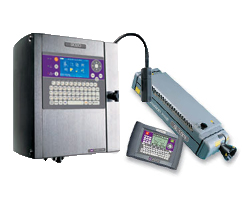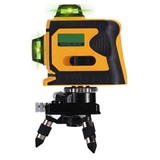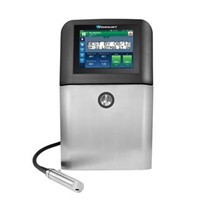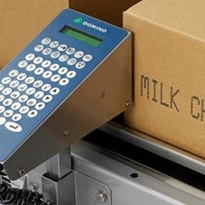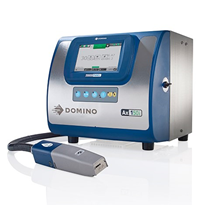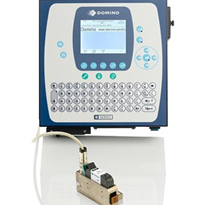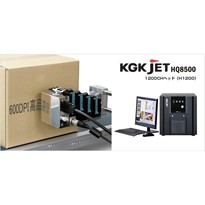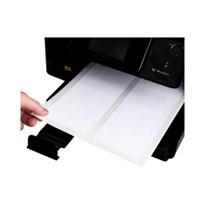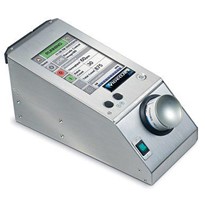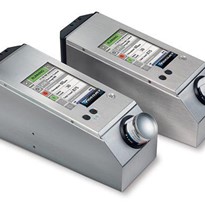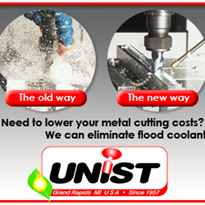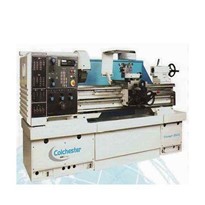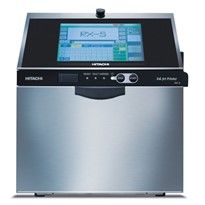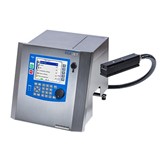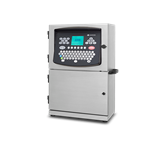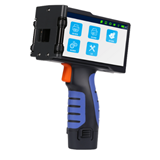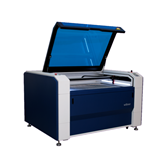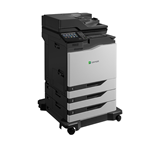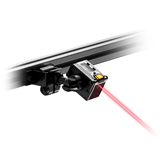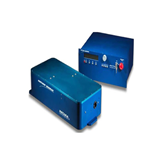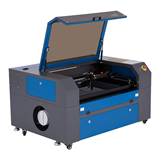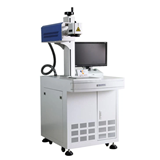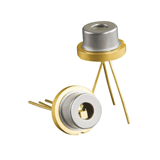Despite some exciting applications laser may continue be challenged by inkjet coding for use in industrial traceability due to some intrinsic characteristics of inkjet : low cost + high speed, variety of inks compatible to substrates, non permanency of marking, Thermo-cromic colour change etc.
In reality laser and inkjet are complementary technologies. Some operations may have an application that allows for both technologies equally, however in many cases after the correct analysis; the choice will be clear-cut.
Markem-Imaje has extensive experience in both technologies through its broad product range and appreciates the merits and limitations of both systems. Every application should be individually assessed to establish the most suitable technology required. Elements to consider are the substrate, line requirements (eg speed), the desired message, the physical environment and of course budget.
Different substrates require different laser energy levels to 'change' and mark the surface. As a result, laser-marking systems are available in variety of power ratings, measured in watts. Markem-Imaje has a range of laser units, starting at the 10 watt system, and progressing up to the top end of the market with the 7000 series at 200-250 watts, utilizing Rofin technology - world leaders in industrial laser technology. There is invariably a trade-off between power and speed. As such there are effectively three elements of laser technology to consider: the substrate to be marked, line speed and message complexity.
If the surface is easy to lase, such as paper or cardboard, a low powered laser may be adequate. However if production lines are travelling at medium to high speed or the message is complex, a more powerful laser is necessary to compensate. Additionally, if the surface is hard or difficult to mark then more power is required even before line speed is considered.
The most widely promoted benefit of laser coding is the absence of traditional consumables. Laser coding systems do not require ink or additives as inkjet printers do. However there are some requirements, other than power, necessary to safely operate a laser system. Most laser marking set-ups require an extraction and filtration system to safely remove the by-products of the lasing process e.g. vapours or particles such as glass particulates. As a result, frequent filter changes may be required. In addition laser coder parts such as the laser tube and coding head may need replacing depending on use. New filters and spare parts are costs that should be considered over the long-term use of the equipment.
Laser coding offer many benefits such as a permanent mark that is virtually impossible to alter without evidence. The vector technology enables very aesthetically appealing graphics, text and multiple lines (if speed permits). The cosmetics industry has found applications to ensure branding is not negatively affected by unattractive traceability marking and have reduced the possibility of counterfeiting. The cost effectiveness of using a laser is impressive as it uses virtually no consumables, resulting in lower ongoing running costs (excluding spare parts).
As with all technology, there will always be some limitations and laser coding is no different. The main limitation is that not all substrates can be marked effectively: reflective substrates such as metal (eg aluminium or steel cans) cannot be marked and some glass is very difficult to mark and would require a very high-powered laser to do so.
Being environmentally conscious and responsible, it is important to know that recycling laser marked products is only possible if the packaging is reconstituted (eg melted or pulped down.) In contrast, inkjets can use specialised inks that enable inkjet coding to be removed in alkaline baths.
Another fact to consider is that while laser coders may not use consumables that produce emissions, the by-products produced by a laser as it marks the substrate can be toxic or dangerous. Depending on the substrate being marked, the environment and quantity of by-product produced, filter systems may be required to remove vapours and particles. Integrating laser equipment requires rigorous safety precautions, special physical barriers and sufficient space around the machine and ongoing staff training. This can be both an expensive and timely exercise. In contrast, inkjet can easily be transported between production lines and set up for production runs.
A barcode is only as good as its mark and while laser systems are capable of printing barcodes (in inverse mode), inkjet coders/markers provide a far superior solution for 'on-the-fly' barcode marking. The complexity of most barcodes means the speed of the laser mark is compromised and therefore often not commercially viable.
Laser is still a relatively new technology from a coding and marking perspective. It is also sensitive, 'high-tech' equipment that requires specialist knowledge for both installation and service. It is always advisable, regardless of whether you choose inkjet or laser, to consider the experience and availability of the after-sales service. Laser technology traditionally requires a greater initial capital expense than inkjet systems. For applications that suit both laser and inkjet a cost-benefit analysis is strongly recommended. Markem-Imaje provides an in-depth application assessment to identify the best possible traceability solution to clients who are considering both technologies.
Markem-Imaje is focused on offering customers a durable and cost effective marking solution that best suits their application now and in the future. As a result, Markem-Imaje is able to offer both technologies as well as a large range of other coding and marking solutions. Our primary motivation is to provide customers with a system that meets ALL their objectives and fits with their unique environment.
For assistance in finding the right coding and marking solution for you, please contact us at www.markem-imaje.com.au or call us now on 1300 730 428


